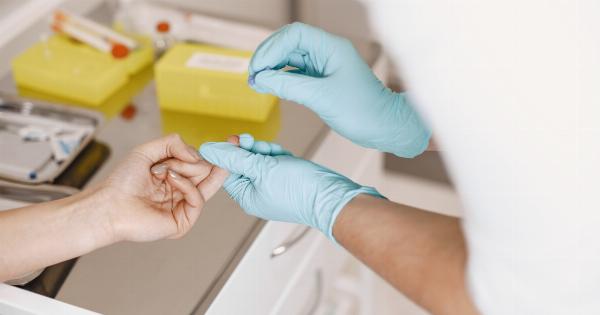Diabetes is a chronic condition that affects millions of people worldwide. For most individuals with diabetes, keeping their blood sugar levels in check is a constant struggle.
This is because their bodies either don’t produce enough insulin, or the insulin they produce is ineffective. Insulin is a hormone that regulates blood sugar levels, and without it, too much glucose stays in the bloodstream. This can lead to a host of health complications, including damage to the eyes, kidneys, and nerves.
To manage their condition, people with diabetes must constantly monitor their blood sugar levels and inject insulin either through a syringe or a pump.
However, a promising new technology called artificial β-cells could transform diabetes management as we know it.
What Are Artificial β-Cells?
Artificial β-cells are tiny devices that mimic the function of the insulin-producing cells in the pancreas, known as β-cells.
These devices have a membrane that selectively allows glucose molecules to enter and release insulin molecules in response to glucose levels in the bloodstream.
The artificial β-cells are designed to be implanted under the skin, where they can generate insulin in response to changes in glucose levels.
This means that people with diabetes would no longer need to monitor their blood sugar levels as frequently or inject insulin manually. The artificial β-cells could potentially offer a more reliable and convenient way to manage diabetes.
How Do Artificial β-Cells Work?
The artificial β-cells use glucose oxidase enzymes to detect changes in glucose levels. When glucose levels rise, the enzyme converts glucose into hydrogen peroxide, which is then detected by the device.
This triggers the release of insulin molecules from the artificial β-cells, which enter the bloodstream and help to regulate blood sugar levels.
The artificial β-cells have been designed to be self-powered, which means they don’t require an external power source. Instead, they use the glucose molecules in the bloodstream as a source of energy.
This makes them more efficient and less likely to cause an immune response than other implantable medical devices.
What Are the Benefits of Artificial β-Cells?
The benefits of artificial β-cells are numerous. Here are some of the most significant benefits:.
1. Fewer Injections
For people with diabetes who rely on insulin injections, the artificial β-cells could offer a welcome reprieve.
Instead of administering insulin manually, they could simply have an artificial β-cell implanted under the skin, which would release insulin in response to glucose levels.
2. More Accurate Insulin Delivery
The artificial β-cells would be able to detect changes in glucose levels more accurately than traditional glucose monitors. This means that insulin could be delivered more precisely, leading to better blood sugar control.
3. Improved Quality of Life
The artificial β-cells could potentially improve the quality of life of people with diabetes. They would no longer need to monitor their blood sugar levels as frequently or carry insulin injection equipment with them at all times.
This could lead to greater freedom and independence for those with the condition.
4. Reduced Risk of Complications
Uncontrolled blood sugar levels can lead to a host of complications, including nerve damage, kidney damage, and blindness. The artificial β-cells could help to reduce the risk of these complications by regulating blood sugar levels more effectively.
What Are the Challenges of Artificial β-Cells?
While artificial β-cells show great promise, there are still several challenges that need to be overcome before they become widely available. Here are some of the most significant challenges:.
1. Safety Concerns
As with any implantable medical device, there are safety concerns associated with artificial β-cells. For example, there is a risk of infection or rejection by the body’s immune system.
These risks will need to be carefully evaluated and minimized before the technology can be used safely and effectively in humans.
2. Regulatory Hurdles
The development and approval of medical devices is a complex process that involves extensive testing and regulatory approval. Artificial β-cells will need to undergo rigorous testing and evaluation before they can be approved for widespread use.
3. Cost
The cost of artificial β-cells is likely to be a significant barrier to widespread adoption. The devices will need to be affordable and accessible to be adopted on a large scale.
The Future of Artificial β-Cells
The development of artificial β-cells is an exciting breakthrough in the field of diabetes management.
While there are still many challenges that need to be addressed before the technology can become widely available, the potential benefits are significant. It is likely that artificial β-cells will become an important tool in the fight against diabetes in the years to come.
Conclusion
Artificial β-cells have the potential to revolutionize diabetes management. By mimicking the function of the body’s own insulin-producing cells, they offer a convenient, reliable, and potentially life-changing way to manage blood sugar levels.
While there are still many obstacles to overcome before artificial β-cells become widely available, they represent a promising breakthrough in the fight against diabetes.



























